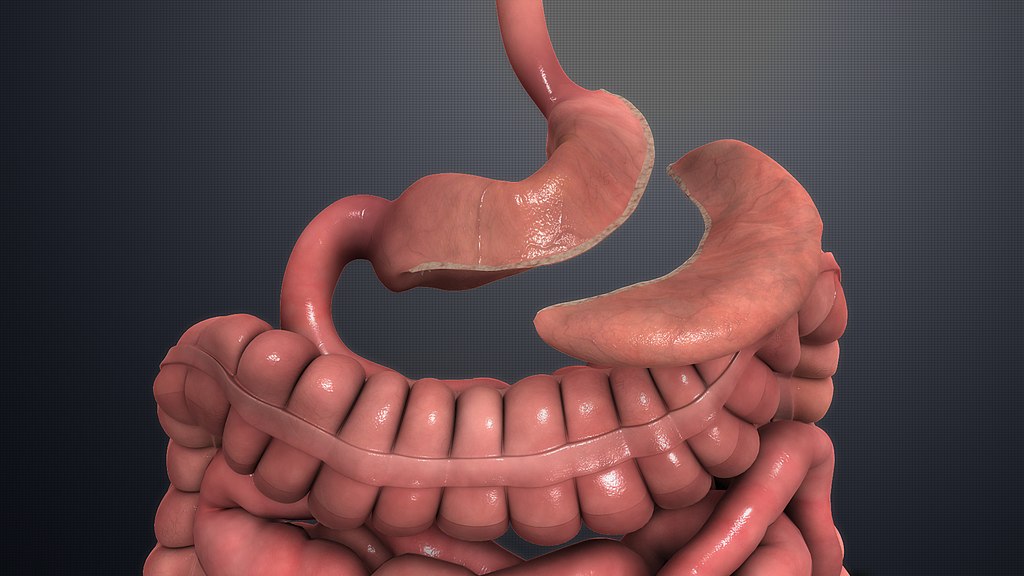Gastric sleeve surgery (also referred to as vertical sleeve gastrectomy) is a restrictive bariatric operation which involves extracting part of your stomach to enable you to feel full more quickly, thus decreasing food intake.
Under general anesthesia, surgery will take place. After recovery from this procedure, a strict diet must be observed.
Skin Pictures
As part of your decision to undergo gastric sleeve surgery, it may cause concern regarding how it will impact your skin. Luckily, body sculpting procedures exist that can address loose and hanging skin after significant weight loss.
Bariatric surgeons can explain how gastric sleeve surgery (VSG, or vertical sleeve gastrectomy) works to restrict how much food you can eat, helping you reach your ideal weight more quickly. But pictures speak louder than words; gastric sleeve before and after pictures will provide insight into what your transformation might look like.
Gastric sleeve surgery results are often dramatic, leading to significant weight loss and slimmer figures. Furthermore, patients experience fewer health problems associated with obesity such as hypertension and sleep apnea; some individuals even stop needing medications they previously required for these conditions – although individual results may vary.
Before Surgery
A sleeve gastrectomy is a surgical procedure to limit how much food you can eat by making your stomach smaller. This procedure can be carried out laparoscopically through small incisions in the abdomen using small cameras for guidance and tools like “laparoscopy.” This process typically lasts about an hour.
Permanent stomach reduction surgery will require you to eat much less food for life and be especially mindful of those high in fat, sugar or salt content.
After your surgery, in the initial weeks after recovery it will be essential that you adhere to a liquid diet for several weeks, before progressing onto pureed food diets and finally solid foods. Ensuring adequate nutritional intake requires taking daily nutritional supplements; any acid reflux symptoms should also be managed using medications.
After Surgery
Many patients feel exhausted in the initial two weeks due to low calorie consumption from a liquid diet, but typically become more energetic after switching to soft and solid food options. Most patients can return to work and school within two to four weeks.
Regular check-ups will take place to track your weight loss and any associated health conditions, and specific dietary recommendations for life will also be made available to you.
Bariatric surgery changes how your body absorbs nutrients, so vitamin and mineral supplements may be necessary. Some individuals develop dumping syndrome – when food passes too quickly through the digestive tract causing nausea and vomiting.
General anesthesia will be utilized during your procedure and your surgeon will make several incisions in your upper abdomen in order to insert a laparoscope and surgical tools through these cuts, then remove most of your stomach.
Results
People who opt for sleeve surgery typically shed about 70% of their excess weight due to having their stomach restricted and leading to greater food restrictions and ultimately weight loss.
Sleeve gastrectomy was first performed as part of a two-step bariatric surgery procedure in 1988 for extreme cases of morbid obesity. Since then, however, it has proven itself as an effective stand-in operation and is considered among the easiest forms of bariatric surgery.
Sleeve surgery patients tend to experience fewer side effects and recuperate faster than other surgeries. However, it is important to realize that this procedure is permanent; you will need to alter both diet and lifestyle in order to keep their new body shape.
Some patients may experience new heartburn, which can usually be treated with over-the-counter medication. Others may experience leakage from the staple line which can be resolved with minor endoscopic procedures. Such issues are fairly rare – most people feel better after two weeks and return to work and other normal activities without issue.
Disclaimer: The content on this blog is intended for general informational purposes only. It is not a substitute for professional medical advice, diagnosis, or treatment. Always consult qualified healthcare providers for personalized advice. Information regarding plastic surgery, dental treatment, hair transplant, and other medical procedures is educational and not a guarantee of results. We do not assume liability for actions taken based on blog content. Medical knowledge evolves; verify information and consult professionals. External links do not imply endorsement. By using this blog, you agree to these terms.










